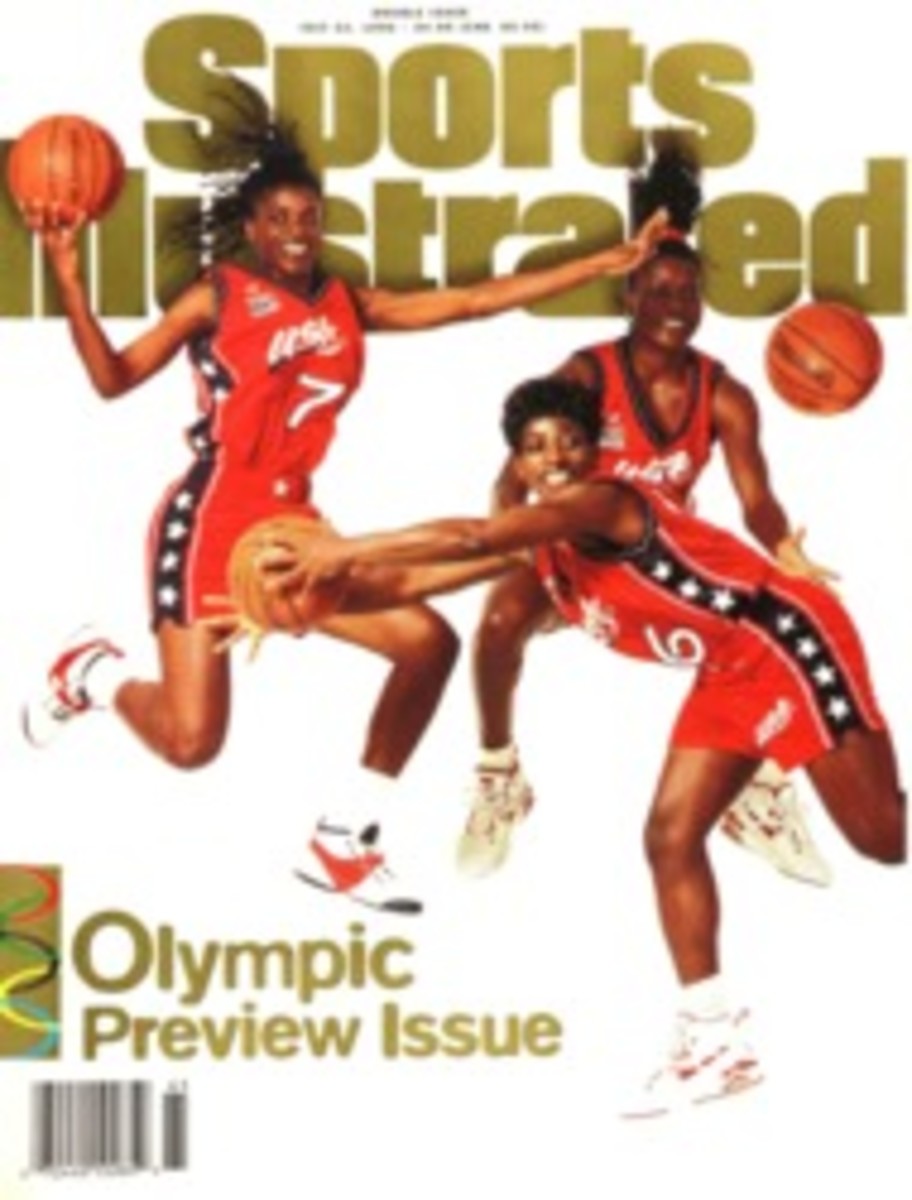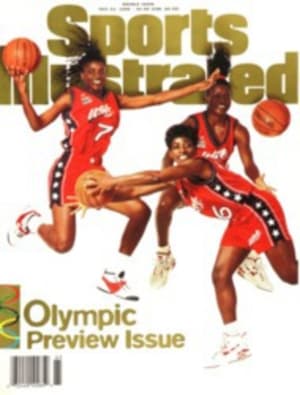
7.20.76 A BAD BREAK FOR A COURAGEOUS ATHLETE
As Japanese gymnast Shun Fujimoto completed his floor exercises
in the men's team competition with one final tumbling run at the
Forum in Montreal, he experienced an odd sensation in his right
knee. "It felt hollow," he recalled later, "as if there were air
in it." In fact, his kneecap was broken, a calamity that under
ordinary circumstances would have ended his participation in the
Olympic Games on the spot. But Fujimoto, 26, was no ordinary
competitor. His teammates, he reasoned, needed whatever points
he might accumulate to upset the favored Soviets, and they
certainly could be hindered by the emotional trauma of learning
that one of their number had suffered such a serious injury.
Fujimoto decided he would tell no one, not even his coach,
Yakuji Hayata, that he was badly hurt.
The next event was the pommel horse, and though Fujimoto was in
pain throughout, his concentration was so intense that he scored
a 9.5 out of a maximum 10 points. "I was completely occupied by
the thought that I could not afford to make any mistakes," he
said. But the following event, the rings, presented a more
daunting challenge because it required a high-flying dismount.
How could he possibly concentrate on his routine knowing that at
its conclusion he would be exposing himself to unimaginable pain?
But Fujimoto gave the performance of his life on the rings and
then, ignoring the consequences, hurled his 136 pounds into a
twisting triple-somersault dismount. The pain when his feet hit
the floor sliced through him "like a knife," he said, but he
kept his balance, his right leg buckling only slightly. Gritting
his teeth and with tears in his eyes, he raised his arms in the
traditional finish. The judges awarded him a 9.7--the highest
score he had ever recorded on the rings.
It was immediately apparent, however, that something was
seriously wrong as Fujimoto staggered away, collapsing in agony
into the arms of Hayata. The spectacular dismount had done
additional damage to his injured knee--dislocating the broken
kneecap--and had torn ligaments in his right leg. Still,
Fujimoto was determined to carry on, limping off to the
infirmary for painkilling shots. There, horrified doctors
ordered him to withdraw from the competition or risk being
permanently disabled. "How he managed to do somersaults and
twists and land without collapsing in screams," said one
physician, "is beyond my comprehension."
Far from discouraging his teammates, Fujimoto's injury--and his
courageous performance afterward--inspired them, even though
they faced the added pressure of being short one competitor in
the remaining events. (The five highest scores from among a
team's six competitors counted toward the team's point total.)
As it turned out, the gold medal came down to the
horizontal-bars routine by Mitsuo Tsukahara, who needed a score
higher than 9.5 to overtake the Soviets. He scored a 9.9, and
Japan won the closest gymnastics team competition in Olympic
history, 576.85 points to 576.45. (The 1996 men's team gold
medal will be decided today at the Georgia Dome.) When he
mounted the podium to receive his gold medal with the rest of
his teammates, Fujimoto refused assistance.
The gymnastics events at the 1976 Olympics were dominated by the
surpassing grace and beauty of the Romanian gamine, Nadia
Comaneci, so Fujimoto's heroism went largely unnoticed. But
Fujimoto, whose knee still troubles him periodically, will never
be forgotten in Japan, where he continued to work years
afterward as an official in the Olympic movement. His days as an
active competitor ended, however, on that fateful afternoon in
Montreal.
Oddly enough, Fujimoto has never been comfortable in the
martyr's role. Asked years later if he, given the same choice,
would do again what he did in Montreal, he wasted little time in
answering with an emphatic, "No. I would not."
B/W PHOTO: AP Fujimoto took home two souvenirs--a gold medal and a cast on his leg. [Shun Fujimoto]

